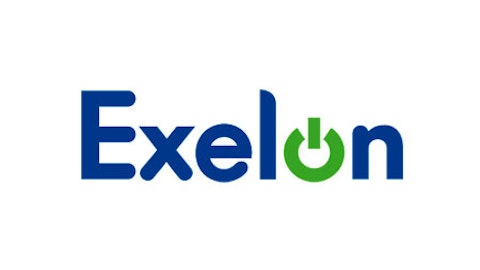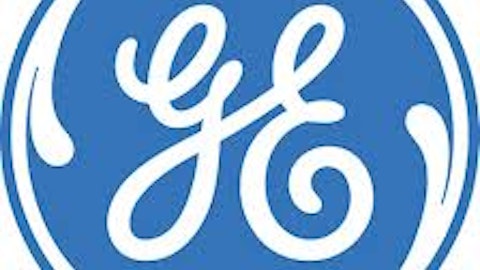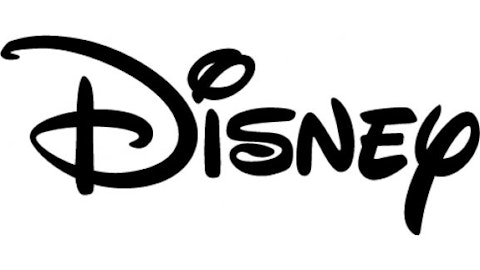Although insurance costs surely play a role, it is believed that in-home care provides a better environment for rehabilitation and recovery from medical/surgical procedures, for hospice care for the terminally ill, and for the growing number of elderly baby boomers who will need long-term care. These three companies provide services and equipment for in-home healthcare and are solid investments. At present, each of the following companies have revenue in the billions of dollars; it can only be expected that, as in-home care becomes a more prominent feature of the healthcare environment in general, their revenues will increase.
Hill-Rom Holdings, Inc. (NYSE:HRC)
Hill-Rom Holdings provides patient-care equipment with substantial focus on patient accommodation: beds and other furniture as well as patient-support equipment. Financially, the company straddles the line between small-cap and mid-cap. Returns indicate a fairly effective management, and it has a healthy EBIT margin. Given a manageable debt-to-equity ratio of .40 (with a quick ratio of 1.30) and a healthy cash flow, this is a company that looks to be able to deliver, and deliver it does, with revenues (ttm) of $1.69 billion, a figure that is growing regularly. The dividend (ttm) of $0.50 is easily covered by an EPS of $1.76; indeed, with a dividend cover of 352% and growing revenues, it would not be impossible to see a dividend increase in the near future. (For those not familiar with dividend cover, it is the inverse of payout ratio, and is determined by dividing EPS by the dividend. The higher the cover, ultimately the more sustainable the dividend. Ideally, dividend cover should be higher than 100%, but less than that is not worrisome as long as cash flow per share can cover the dividend.)
Hill-Rom Holdings, Inc. (NYSE:HRC) offers a line of hospital beds and other hospital-room furniture; it produces built-in units providing access to various patient needs, including lighting, power outlets, connections for patient-monitoring equipment as well as oxygen feeds. To top it off, the company also offers architectural consultation services, something certainly to be valuable as hospitals build additions to their facilities and renovate existing accommodations. It also provides therapeutic equipment for respiration and treatment of wounds.
The item Hill-Rom is most likely to provide for home healthcare is, of course, the bed – and for the elderly or limited-ability patient this can be one of the most important considerations (for both patient and caregiver). Fully automated, the beds are even capable of taking a patient’s weight. Several sets of controls make it possible for the caregivers – and even the patient – to raise or lower the head and/or the foot of the bed, and the bed as a whole. This last feature makes it possible to raise the patient to a level most convenient for access the patient to perform blood draws, check vitals, clean the patient, and – in general – to provide caregiver services without the need to constantly bend over – a major back-saving feature.
I was amazed at the number of private companies producing beds for in-home care – some with features comparable to the advanced features on Hill-Rom beds. One of the public companies manufacturing hospital beds is Stryker Corporation (NYSE:SYK), a company that specializes in several areas of medical technology (nanotechnology, orthopedics and surgical equipment). It is not, however, as geared to the home-healthcare market as Hill-Rom.
Cardinal Health, Inc. (NYSE:CAH)

Credit: Cardinal Health, Inc. (NYSE:CAH)
Why, then, Cardinal over McKesson? There are two reasons, the first of which is dividend – we are, after all, looking for companies from which to profit. McKesson, with an EPS of $5.59 and cash flow per share of $8.51 pays an annual dividend of $0.80, for a yield of 0.70%. Cardinal Health, Inc. (NYSE:CAH), on the other hand, has an EPS of $3.35 with $4.44 in cash flow per share, yet its dividend is a generous $1.21 per share (projected), for a yield of 2.58% – and given the cash flow and EPS, this seems sustainable; one wonders, then, why McKesson wants to keep such a tight grip on the purse strings, since a comparable dividend would be sustainable for it as well.
The second reason has to do with our target market – those providing in-home care. McKesson’s services are primarily geared to the hospital and the distribution of pharmaceuticals. Cardinal Health provides pharmaceutical services, but also produces a wide range of in-home healthcare products – through its Trustworth(TM) brand – for the bathroom (shower chairs, portable commodes, etc.), mobility (canes, walkers, wheelchairs) and personal care (masks and gloves, toileting equipment, cushions and bed wedges).
Koninklijke Philips Electronics NV (ADR) (NYSE:PHG)
I found myself with a difficult choice when comparing companies offering in-home healthcare technology. The prime candidates were Philips and General Electric Company (NYSE:GE); the final choice was more difficult than the choice between Cardinal Health and McKesson. Financially, the mega-cap GE is substantially stronger than the large-cap Philips, with superior numbers in almost every category; and even if GE’s debt/equity ratio is higher than I prefer, it cannot represent that much of a burden.
It is interesting, however, that GE does not trounce Koninklijke Philips Electronics NV (ADR) (NYSE:PHG) in every category; indeed, the two are quite comparable in cash flow per share, and Philips has the superior book value per share – and only in price-to-earnings does Philips post an unrealistic 119.10 to GE’s more rational 16.50. As with Cardinal Health and McKesson, Philips does offer the higher dividend (marginally), but it has an extremely low dividend cover, meaning it relies on cash flow to make its distribution.
I can only imagine that much of the financial pinch Koninklijke Philips Electronics NV (ADR) (NYSE:PHG) has been feeling of late comes from the troubled European economy, combined with Philips’ purchase of subsidiaries. Given the company’s history, I can only see it as a temporary condition.
The significant difference between the two companies is in their in-home-healthcare technology. Both companies offer respiratory equipment, but in 2008 Philips merged with Respironics (now a wholly owned subsidiary of Philips), a company that specialized in a broad spectrum of respiratory care. Koninklijke Philips Electronics NV (ADR) (NYSE:PHG) also leads in home patient monitoring systems: Telehealth enables a doctor to monitor the in-home patient’s vital signs, and the Remote Cardiac Service enables the doctor to monitor the heart functioning in coronary care patients.
Summary
One of my goals here was to find a few companies that offered important in-home products and services with minimal-to-no overlap so that one could, in principle, invest in all of them with no duplication of investment. I believe these three companies fit the bill.
As the elements of the Healthcare and Education Reconciliation Act of 2009 fall into place, I can envision the growth of in-home healthcare and accordingly, the growth of these companies.
Note: Table data from The Motley Fool and Yahoo! Finance.
Joseph Porter has no position in any stocks mentioned. The Motley Fool recommends McKesson. The Motley Fool owns shares of General Electric Company (NYSE:GE). Joseph is a member of The Motley Fool Blog Network — entries represent the personal opinion of the blogger and are not formally edited.
The article 3 Ways to Profit From the Trend Towards In-Home Medical Care originally appeared on Fool.com and is written by Joseph Porter.
Copyright © 1995 – 2013 The Motley Fool, LLC. All rights reserved. The Motley Fool has a disclosure policy.



